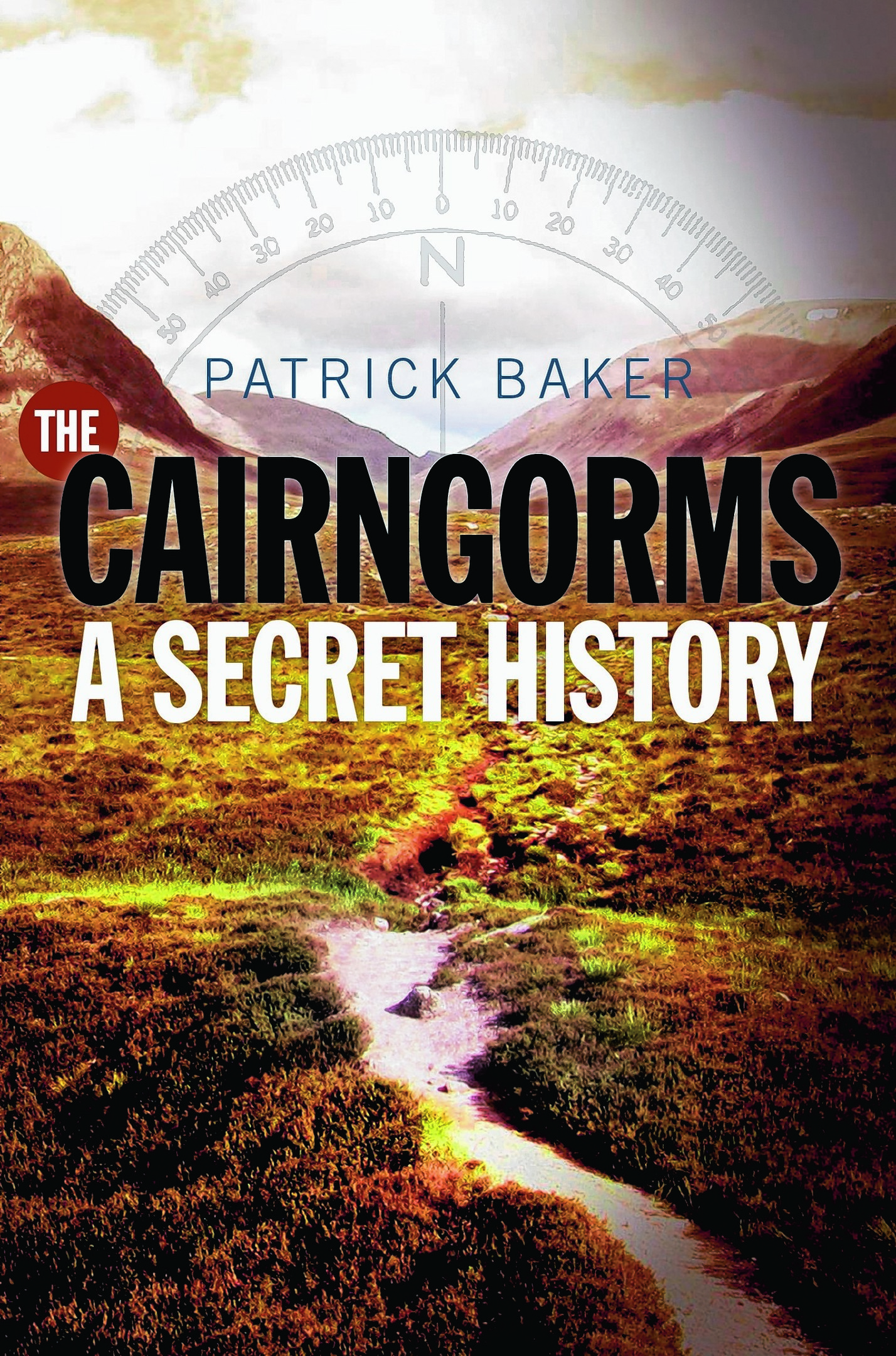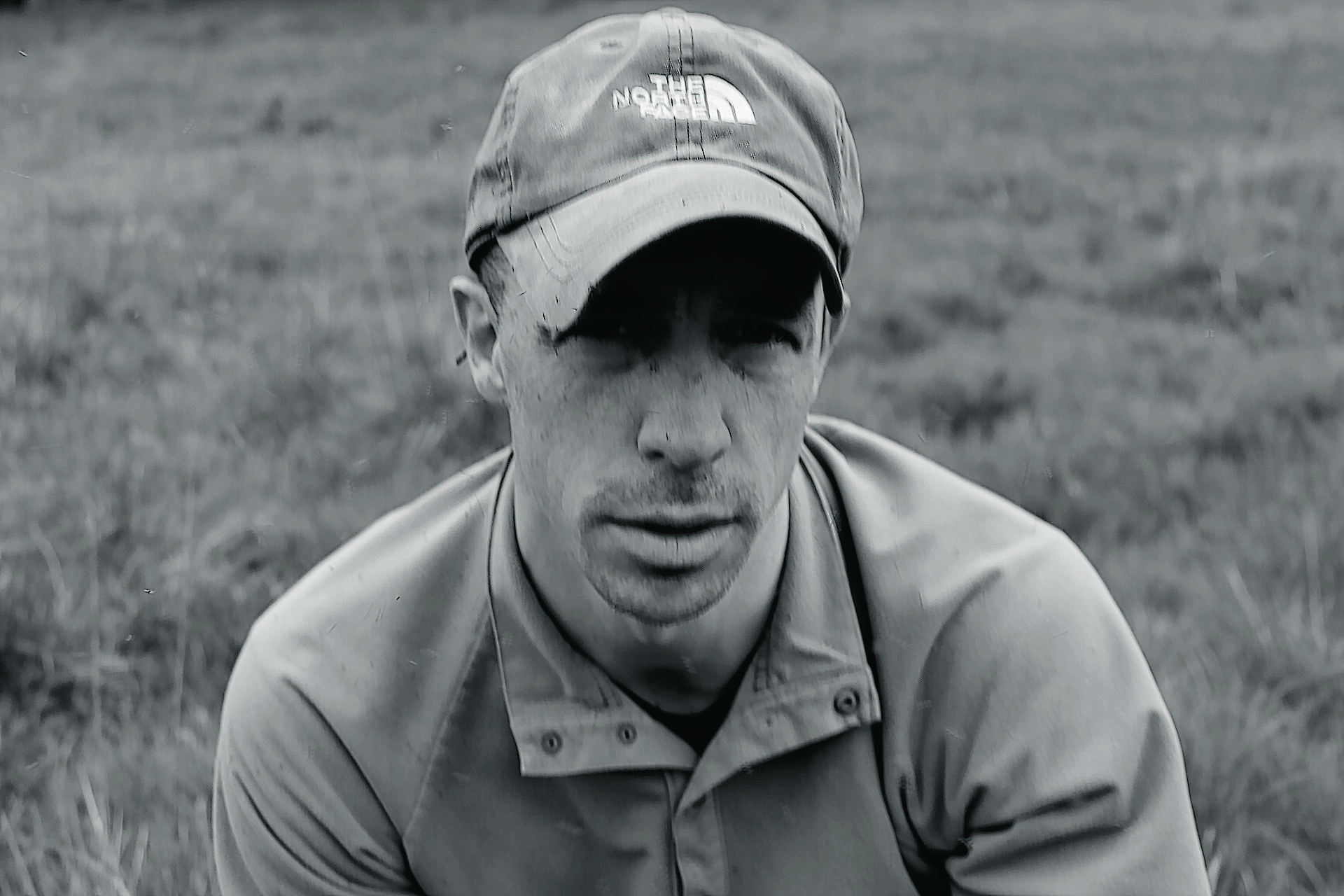Published by Birlinn
The casual visitor to the Cairngorms may be forgiven for thinking that it is a region of high rolling hills and featureless plateaux with little wildlife and even less human life.
Yet an intrepid explorer can find much evidence in the landscape of a rich and varied history of human interaction with the mountain range – if he knows where to look.
Which is where this marvellous 180-page paperback comes in very handy.
“I was looking for something of the overlooked, the obscure and the unobserved in Britain’s greatest mountain wilderness,” writes Baker.
In this spirit, he leads us on a painstaking search for the El Alamein Refuge, built by soldiers of the 51st Highland Division on a minor and seldom-visited ridge because of a navigational error, unreached by paths, and therefore left untouched when the other mountain shelters were dismantled in the 1970s.
He guides us also around the twisted metal wreckage strewn across the tops of Braeriach, Ben Macdui and Beinn a’ Bhuird, evidence of a series of wartime aircraft crashes in the Cairngorms, and finds a solitary chimney stack, last vestige of the settlement where the Victorian artist Landseer conducted a clandestine affair with a fabulously wealthy duchess.
He also describes a mountainscape formed by ancient geological forces, and points out the whereabouts of massive boulders deposited by glaciers, and the human legends later attached to each of them.
Subjects that Baker tackles en route include the “discovery” of hillwalking by working-class urban Scots in the 1930s, the development of our mountain rescue service, and even the many uses that local folk once made of the distinctive arctic/alpine plant life of the mountain range.


